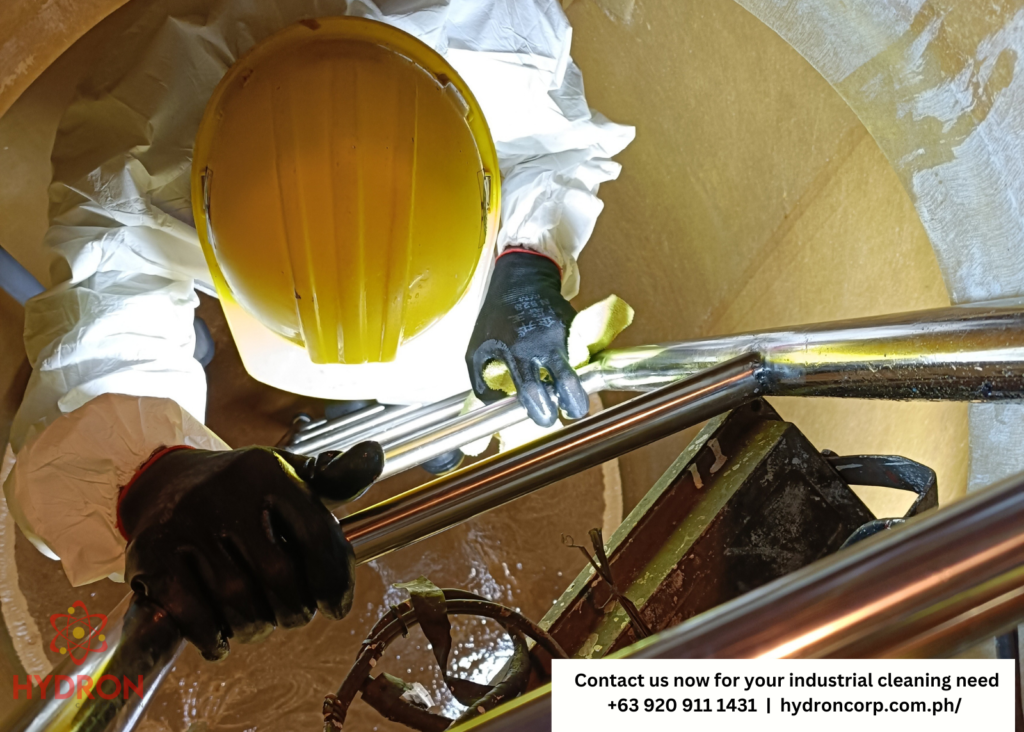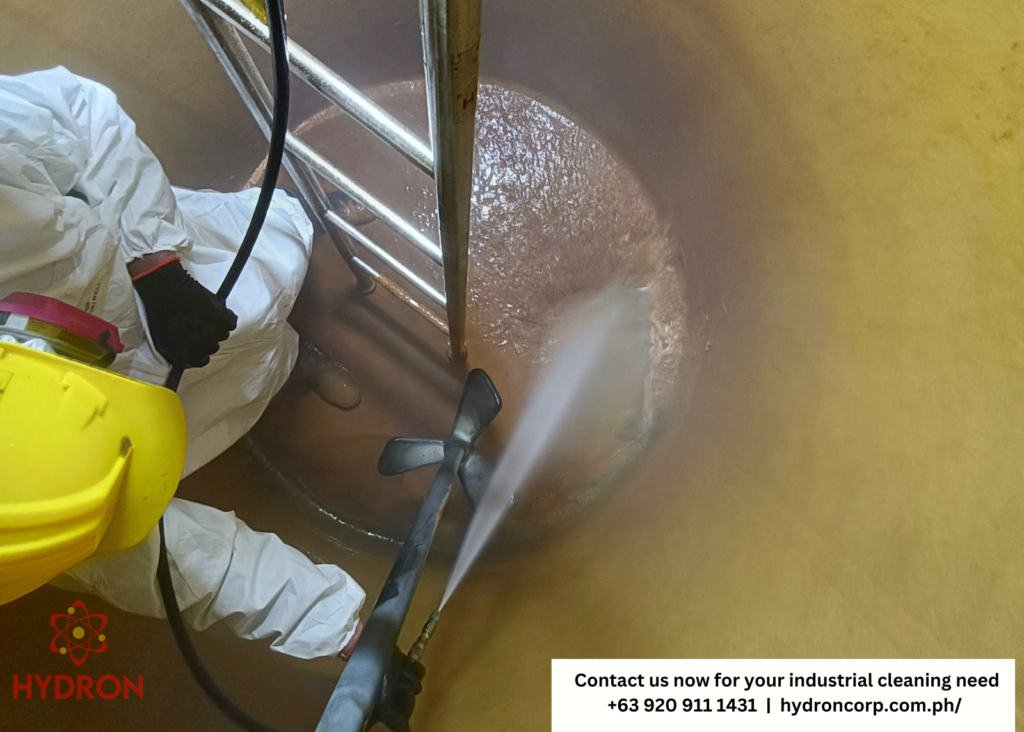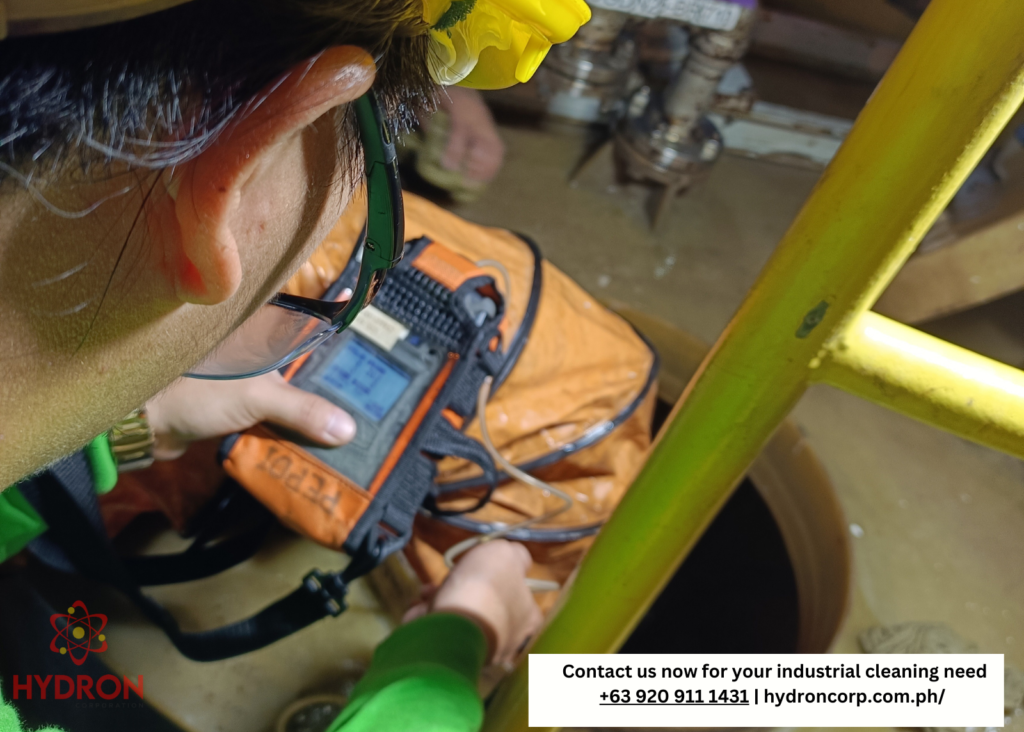How To Ensure Safety During Confined Space Entry
We focus on proactive measures and a blueprint for ensuring safety during confined space entry for tank cleaning. This section delves into risk assessment, robust training programs, ventilation systems, permit-to-work systems, emergency response plans, and the utilization of technology.
Thorough Risk Assessment:
A detailed risk assessment is paramount before embarking on any confined space entry. Identify potential hazards, evaluate their severity, and establish control measures to mitigate risks. This collaborative effort involving safety professionals, workers, and stakeholders lays the foundation for a safe confined space entry.
The collaborative effort involves safety professionals, workers, and stakeholders in the risk assessment to understand potential hazards comprehensively. Empowering workers with knowledge is fundamental to ensuring safety during confined space work.
Comprehensive training programs cover specific risks, procedures for atmospheric testing, proper use of safety equipment, and emergency response protocols. Conduct regular refresher courses to reinforce safety practices and inform workers about the latest safety protocols.
Adequate Ventilation:
Effective ventilation systems are critical for maintaining a safe and breathable atmosphere within confined spaces. Continuous air quality monitoring during tank cleaning ensures prompt detection of deviations from safety standards.
- Real-time Monitoring: Implement continuous air quality monitoring during confined space entry to address any atmospheric deviations promptly.
Permit-to-Work System:
Establishing a robust permit-to-work system adds a layer of control and structure to confined space activities. This system includes a checklist of safety measures, atmospheric testing results, and authorization from a competent authority before any entry is permitted.
- Structured Approach: Adhere to the permit-to-work system to ensure a structured and controlled approach to confined space entry.
Emergency Response Plan:
By developing a comprehensive emergency response plan tailored to confined space entry, the plan should encompass procedures for rescue operations, communication protocols, and the availability of emergency equipment.
- Regular Drills: Conduct regular drills and simulations to ensure that response teams are well-prepared for any contingency.
Utilization of Technology:
Leveraging technological advancements can enhance safety during confined space entry. Remote sensing devices, drones, and robotic systems can assess conditions within the confined space without direct human entry, reducing workers’ exposure to potential hazards.
- Innovative Solutions: Embrace innovative technologies to enhance safety and efficiency during confined space work.
Continuous Monitoring and Supervision:
Implementing continuous monitoring and supervision throughout the confined space entry process is essential. Designate a competent person to oversee operations, monitor atmospheric conditions, and intervene if any deviations from safety protocols are detected.
- Real-time Communication: Ensure real-time communication to promptly coordinate activities and address emerging risks.
By adopting this comprehensive blueprint for confined space safety during tank cleaning, companies can establish a safety culture permeating every level of their operations. Empowered with knowledge, technology, and structured safety protocols, workers can confidently navigate confined spaces, ensuring that the critical task of tank cleaning is executed with the utmost precaution and efficiency.



